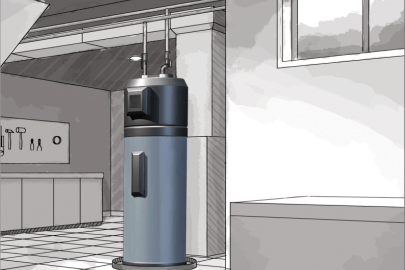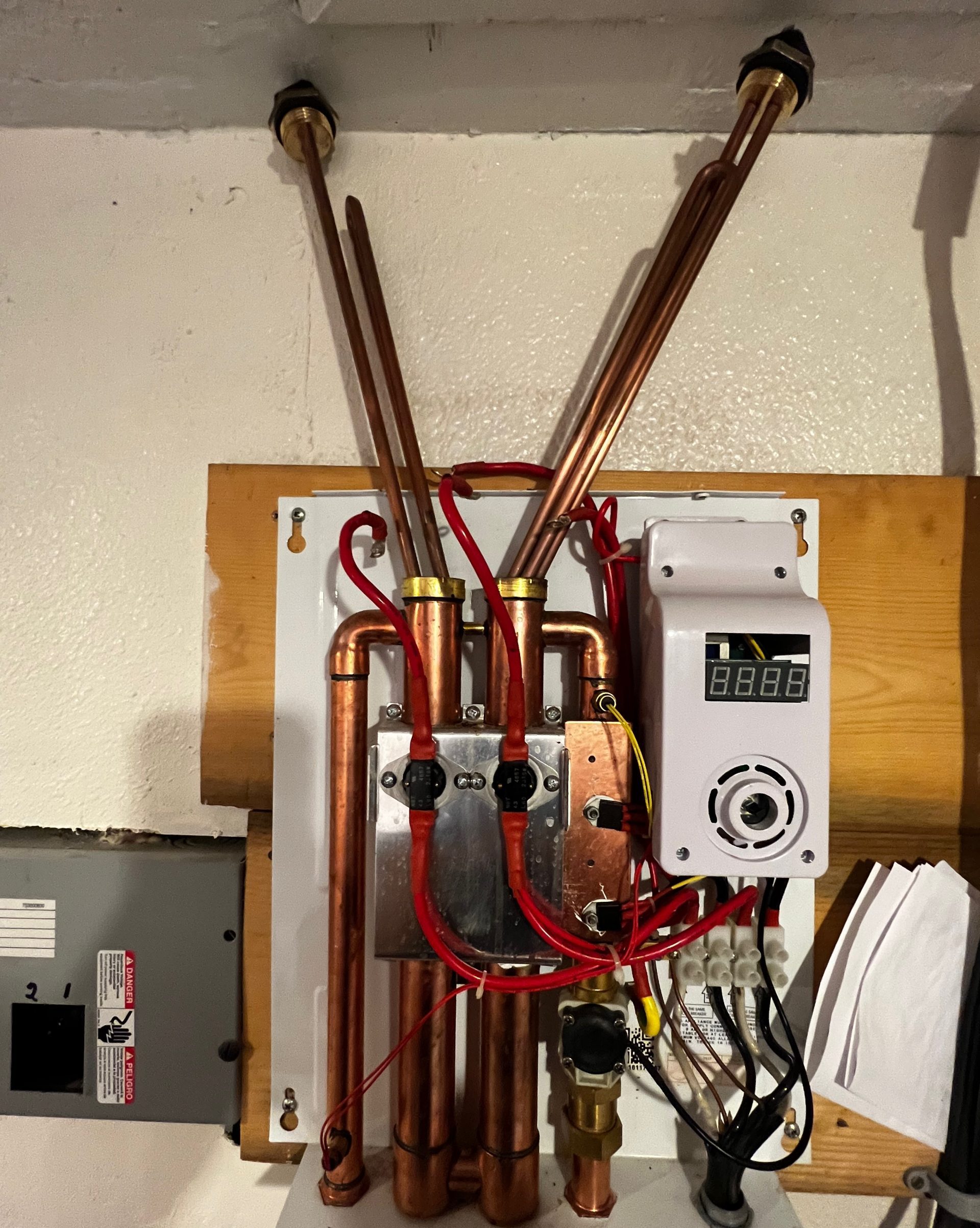This post down below in relation to How to Maintain a Hot Water Heater in a Few Simple Steps is quite intriguing. You should check it out.

Hot water is necessary for daily comfort, whether it's for a refreshing shower or cleaning dishes. To ensure your warm water system runs successfully and lasts much longer, regular upkeep is vital. This article provides practical suggestions and understandings on just how to keep your home's hot water system to prevent disturbances and pricey repair work.
Intro
Preserving your home's hot water system may seem challenging, however with a couple of easy actions, you can guarantee it operates smoothly for many years to come. This guide covers everything from understanding your warm water system to do it yourself maintenance suggestions and understanding when to contact professional assistance.
Value of Preserving Your Hot Water System
Regular upkeep not only extends the lifespan of your hot water system but likewise ensures it runs successfully. Disregarding maintenance can bring about reduced efficiency, greater power expenses, and even premature failure of the system.
Signs Your Warm Water System Requirements Maintenance
Recognizing when your hot water system requires interest can stop significant concerns. Look out for indicators such as inconsistent water temperature, unusual noises from the heating unit, or rusty water.
Flushing the Hot Water Heater
Flushing your water heater gets rid of debris accumulation, improving performance and lengthening its life.
Checking and Changing Anode Rods
Anode rods prevent corrosion inside the container. Checking and replacing them when worn out is critical.
Complex Concerns Needing Professional Aid
Instances consist of major leaks, electric problems, or if your hot water heater is continually underperforming.
Regular Expert Maintenance Benefits
Specialist maintenance can consist of detailed assessments, tune-ups, and making sure compliance with safety and security requirements.
Inspecting and Adjusting Temperature Settings
Readjusting the temperature setups makes certain optimum performance and security.
DIY Tips for Upkeep
You can perform numerous maintenance jobs yourself to keep your hot water system in top problem.
Checking for Leaks
Regularly evaluate pipes and links for leaks, as these can lead to water damages and higher costs.
Recognizing Your Hot Water System
Before diving right into maintenance tasks, it's handy to comprehend the fundamental elements of your hot water system. Commonly, this includes the water heater itself, pipelines, anode poles, and temperature controls.
Monthly Maintenance Tasks
Normal monthly checks can assist capture small issues before they escalate.
Checking Stress Alleviation Valves
Evaluating the pressure safety valve guarantees it functions correctly and prevents extreme stress build-up.
Shielding Pipes
Insulating hot water pipelines decreases warm loss and can conserve power.
When to Call a Specialist
While DIY maintenance is useful, some concerns need professional expertise.
Conclusion
Routine maintenance of your home's hot water system is necessary for performance, durability, and expense financial savings. By adhering to these pointers and recognizing when to look for specialist aid, you can ensure a trusted supply of warm water without unanticipated disturbances.
Water Heater Maintenance Tips
Test the TPR Valve
Shut off the power and the cold-water supply valve. Place a bucket under the pipe connected to the temperature-pressure-release (TPR) valve on the top or side of the tank. (This valve opens if the tank pressure gets too high.) Lift the valve’s tab to let some water out, then let go. If water keeps flowing, drain the tank partway, unscrew the old valve with a pipe wrench, and install a new one. Check the Anode Rod
Put a hose to the tank’s drain cock and let out a few gallons of water. Now fit a 1 1/16-inch socket onto the rod’s hex head on top of the heater (or under its top plate) and unscrew the rod. If it’s less than ½ inch thick or coated with calcium, buy a new one, wrap its threads with Teflon tape, put it back in the tank, and tighten securely. Use this segmented rod if headroom above the tank is limited. Drain the Tank and Wash Out Sediment
Drain the remaining water in the tank into the bucket, then stir up the sediment on the tank’s bottom by briefly opening the cold-water supply valve. Drain and repeat until clean water comes out of the hose. Close the drain cock, refill the tank, and turn its power back on. Adjust the Temperature
Find the temperature dial on the side of the tank and unscrew its cover. Adjust the dial to 120 degrees using a flathead screwdriver. For every 10 degrees the temperature is lowered, you can expect to save up to 5 percent in energy costs. Turn the water heater off or the thermostat down to its lowest setting if you plan to be away from home for more than three days. Insulate the Pipes
Buy some self-sticking 3/8-inch-thick foam pipe insulation that matches the pipes’ diameter. Slide the foam over the hot-and cold-water pipes as far as you can reach. Insulating the cold-water pipe prevents condensation in summer. Peel the tape and squeeze the insulation closed. If the pipe is 6 inches or less from the flue, cover it with 1-inch-thick unfaced fiberglass pipe wrap. https://www.thisoldhouse.com/plumbing/21016402/how-to-maintain-a-water-heater

Do you enjoy reading up on Tips For Maintaining Your Hot Water Heater? Make a remark below. We'd be happy to hear your thinking about this piece. In hopes to see you back again before long. Sharing is good. Helping others is fun. Thanks for your time invested reading it.
Book A Service Call